
Every year on the second Sunday of May in the United States, Mothers of every form are celebrated, thanked, and honored. While dates and celebrations vary, Mother’s Day traditionally involves presenting moms with flowers, cards, and other gifts or words of gratitude.
Mothers and their nurturing essence can be attributed to the Mother Archetype, which lives in the unconscious and was mapped out by Carl Jung, a Swiss psychiatrist, in his epic breakthroughs on human consciousness.
Jung defined archetypes as the original model upon which all other similar persons, objects, or concepts are derived, patterned, or emulated. The word “archetype” is derived from two Greek words: “arche” which means the first principle and “tupos” which translates as impression.
In honor of Mother’s Day and the HBM’s upcoming Breathwork and Journaling Discovery, let’s explore the Mother Archetype and how it can show up in your life.
The Mother Exists in All Narratives
Stories of the Mother have been written and told in every civilization and culture since the beginning of time. Before writing existed, she was spoken about in the origin myths of goddesses; and, even further back in history, the Mother existed as a consequence of sexual reproductive biology.
The Mother can take many forms, such as that of a personal mother, grandmother, stepmother, or even a nurse. It’s not imperative that she has biological or adopted children; she can also nurture siblings, friends, employees, pets, her garden, and her land.
She can also be fulfilled in figurative Mothers such as Mary Mother of God, Sophia, or the Mother who becomes a maiden again in the myth of Demeter and Kore. Other Mother symbols include the Church, the Earth, the woods, and the sea.
Essentially, the Mother is the giver of life; she gave birth to the stars, the planets, the suns, the moons, and our world. She’s the protector and nurturer of the cosmos’ vitae. Her life force is based around the expression of unconditional love, devotion, and caring.
The relationship between a Mother and her child is so inherent to narratives that a story can be created by removing a Mother; such as in The Game Plan and Julie and the Phantoms. One can also be generated by detailing the mother-child bond, like in Ginny and Georgia and Gilmore Girls.
The Mother has a keen understanding of her responsibility to someone other than herself, and she will stop at no lengths to nurture her offspring. In The Baby and Vivarium, the Mother cares endlessly for her child, completely disregarding that it could potentially be evil.
The Mother can be seen in almost every inkling of pop culture, mythology, and even lore with each depicting a Mother that will ultimately risk everything for those she deeply cares about. However, just like with any archetype, the Mother is always evolving and changing as we further explore ourselves and our greater purpose as women.
Where There Is Light, There Is Shadow
In a nutshell, the Mother represents a woman’s maternal instinct as the nurturer and caretaker in her relationships. She’s mostly rooted, down-to-earth, and a natural provider of emotional and physical sustenance. She’s akin to the “Office Mom” that remembers everyone’s birthdays.
Every archetype has its positive and negative traits; the negative aspects are known as the “Shadow” of our own persona and represent emotional blindspots. They are essentially our excess baggage and the passions and tendencies by which we may self-sabotage.
The Shadow Mother can compel a woman to feel possessive, forming her identity so concretely around her role of caretaker that she becomes terrified of losing her literal or symbolic children. This may present as the over-controlling mother who resents her child’s independence, such as in Stephen King’s Carrie.
When faced with abandonment, a Shadow Mother will do anything to maintain a child’s connection, including manipulation. This can be seen in the movie Flowers in the Attic as the Mother constantly uses guilt to keep her children hidden when she fears they will “abandon” her.
The Shadow Mother often struggles with exercising her personal boundaries. When overwhelmed, she struggles to say “no,” often giving of herself to the point of resentment. This can be seen in Netflix’s The Lost Daughter, which explores the indignation a Mother may feel at giving her all to a child, including her life.
When relationships end, the Shadow Mother is devastated and often preoccupied with fears of abandonment. She needs to be needed, and she tells herself that others can’t live without her, but in reality, she can’t live without them.
The Mother in Mythology
In mythology, Archetypical Mothers are often linked to the idea of the Great Mother, this includes deities such as Gaia and Kali. In these cases, the Mother nurtures not just the child, but all of creation or certain elements of nature.
Here’s a closer look:
Gaia Greek Goddess of the Earth
The Greek Goddess Gaia was formed out of chaos to become the Earth. Gaia, therefore, represents the primal Earth Goddess through whom the whole universe was created. The heavenly gods were descended from her through her union with Ouranos, the sea-gods from her union with Pontos, the Gigantes from her mating with Tartaros, and mortal creatures born directly from her earthly flesh.
Pictured: Gaia Source: Mythology Source
Kali the Hindu Goddess
Kali is not always thought of as a Dark Goddess. Despite her origins in battle, she evolved to a full-fledged symbol of Mother Nature in her creative, nurturing, and devouring aspects. She is referred to as a great and loving Mother Goddess in the Hindu tantric tradition. Kali embodies shakti – feminine energy, creativity and fertility – and is an incarnation of Parvati, wife of the great Hindu god Shiva.
Pictured: Kali Source: Journeying to the Goddess
The Mother in Fairytales
As with mythology, the Mother is a key character in the fairytales that have been popularized by the mainstream media. While an absent biological Mother is often an important part of a fairytale’s storyline, the role is typically filled by another character such as a child or fairy godmother.
Here’s a closer look:
The Fairy Godmother and Wicked Stepmother in Cinderella
The familiar fairytale, Cinderella, features both Mother Archetypes through the Wicked Stepmother and the Fairy Godmother. The Wicked Stepmother represents a woman who is not nurturing and is the projection of neglect and a loss of a true mother in the child. The Fairy Godmother, by contrast, is the projection of a more benign and caring figure that provides guidance to Cinderella.
Pictured: Top: Fairy Godmother (Disney Wiki), Bottom: Wicked Stepmother (The Daily Fandom)
Wendy in Peter Pan
The character of Wendy in Peter Pan is a prime example of the fact that Mothers come in all shapes and sizes. When Wendy is home in London, she’s more of a nurturer to her brothers than their biological mother; Wendy even lives with them in the nursery. In Neverland, she takes over the role of Mother to the Lost Boys, who even call her “Mother.”
Pictured: Wendy and the Lost Boys Source: Disney Fandom
The Mother in Pop Culture
Archetypical Mothers are embodied in many characters that grace our television screens; from The Addams Family to Harry Potter, the examples are endless. The Mother is a key aspect of almost every media presentation and, without her, events may not unfold as they would otherwise.
Here’s a closer look:
Morticia Addams in The Addams Family
Morticia Addams is truly a unique example of the Mother Archetype. While she lets her children play with electricity and gadgets often used for death, no one would accuse her of being a Shadow Mother. In fact, when Pubert, her third child, is born with blonde hair and blue eyes, Morticia lays to rest her creepy, kooky side to read him The Cat in the Hat with zero complaints.
Pictured: Morticia Addams Source: Fanpop
Mrs. Weasley in Harry Potter
Mrs. Weasley is a fantastic parent; her children grow up knowing that she loves them and her house feels like a safe space. She even opens her home to others like Harry and Hermione, giving them just as much love and affection as her own children. Without Mrs. Weasley’s warmth and constant presence in Harry’s life, he might have had a different fate.
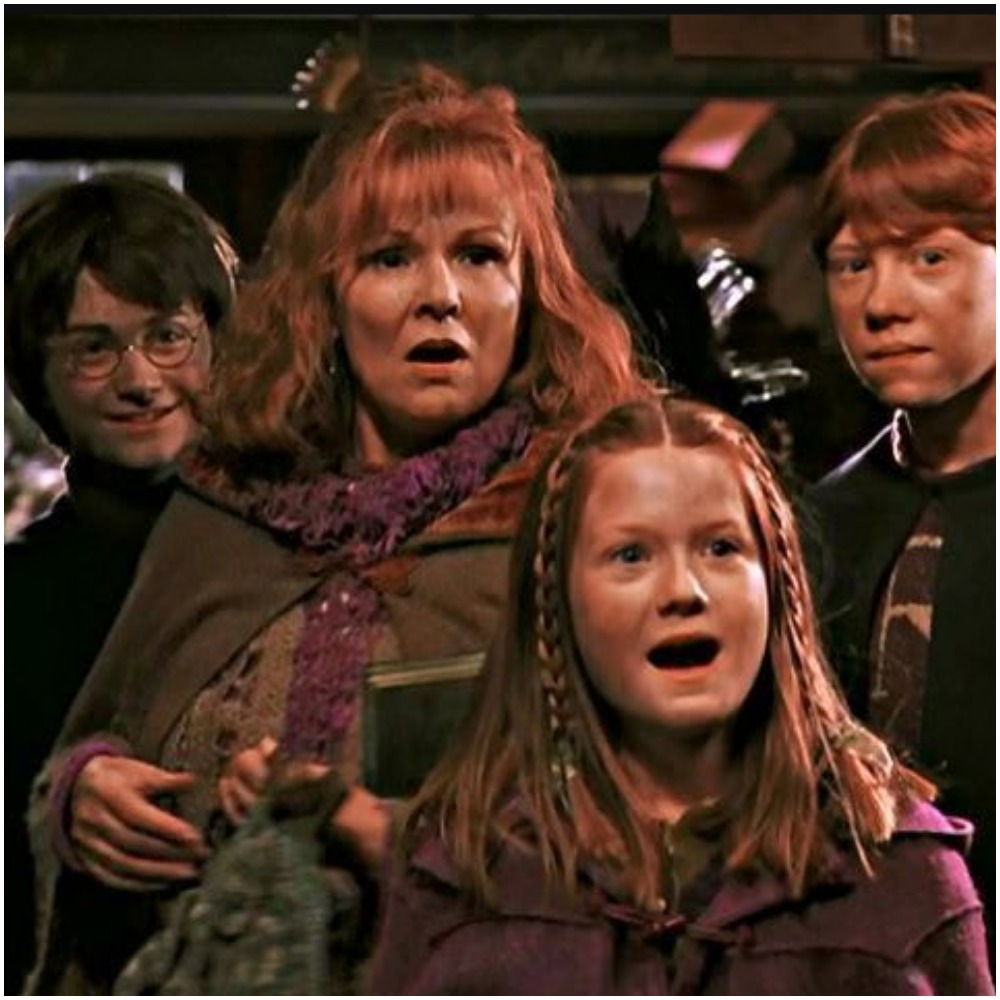
Embracing the Mother Archetype
Compassion, love, and forgiveness are all attributes of the Mother Archetype. She has tremendous strength of heart and when she feels hurt, she sees those who hurt her through the eyes of understanding and forgiveness.
This is not weak, passive, or submissive, but takes more strength than holding on proudly and refusing to forgive. Being in the Mother Archetype doesn’t mean you don’t have boundaries, it just means that the suffering of an unforgiving, unloving heart dissolves.
When we embrace and embody the Mother Archetype, we give love as medicine to our children and our loved ones and practice selfless service when needed. Every action or decision that we make is from the heart.
The HBM Invites You to Discover More
On May 23rd, The HBM is hosting a powerful virtual Breathwork and Journaling Discovery event featuring Intuitive Life Coach / HBM Community Manager Giselle Baumet and Inner Outer Beauty queens Petra Hui and Amy Hui. During this event, we’ll present methods for you to connect to the Mother Archetype, receive her gifts and messages, and discover ways to integrate her into your life.
During the session, we invite you to create a space around you that feels safe and comfortable. This could include your yoga mat, a journal, or even aromatherapy and crystals, and a dimly lighted atmosphere. It’s up to you. The HBM wants you to attend whichever way you feel more at home.
The event fee is $33. You can RSVP to the event here. We can’t wait to see you!

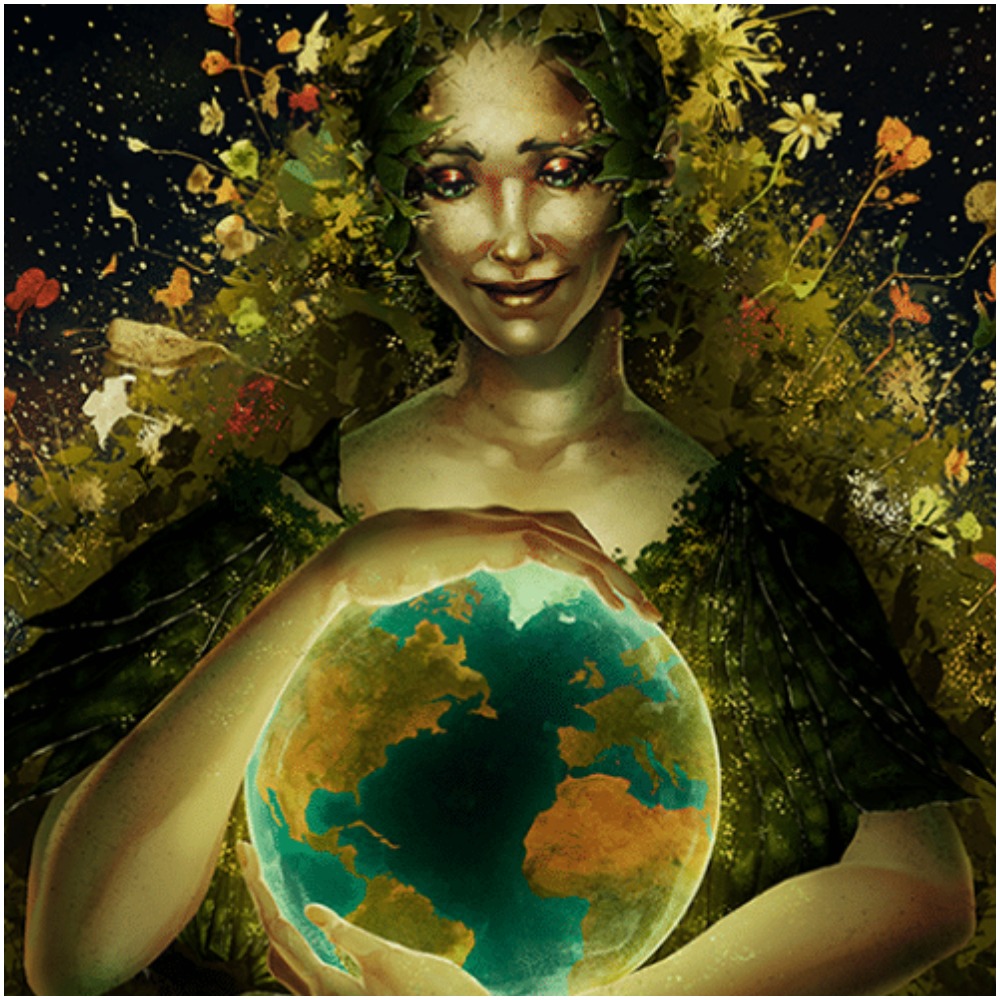
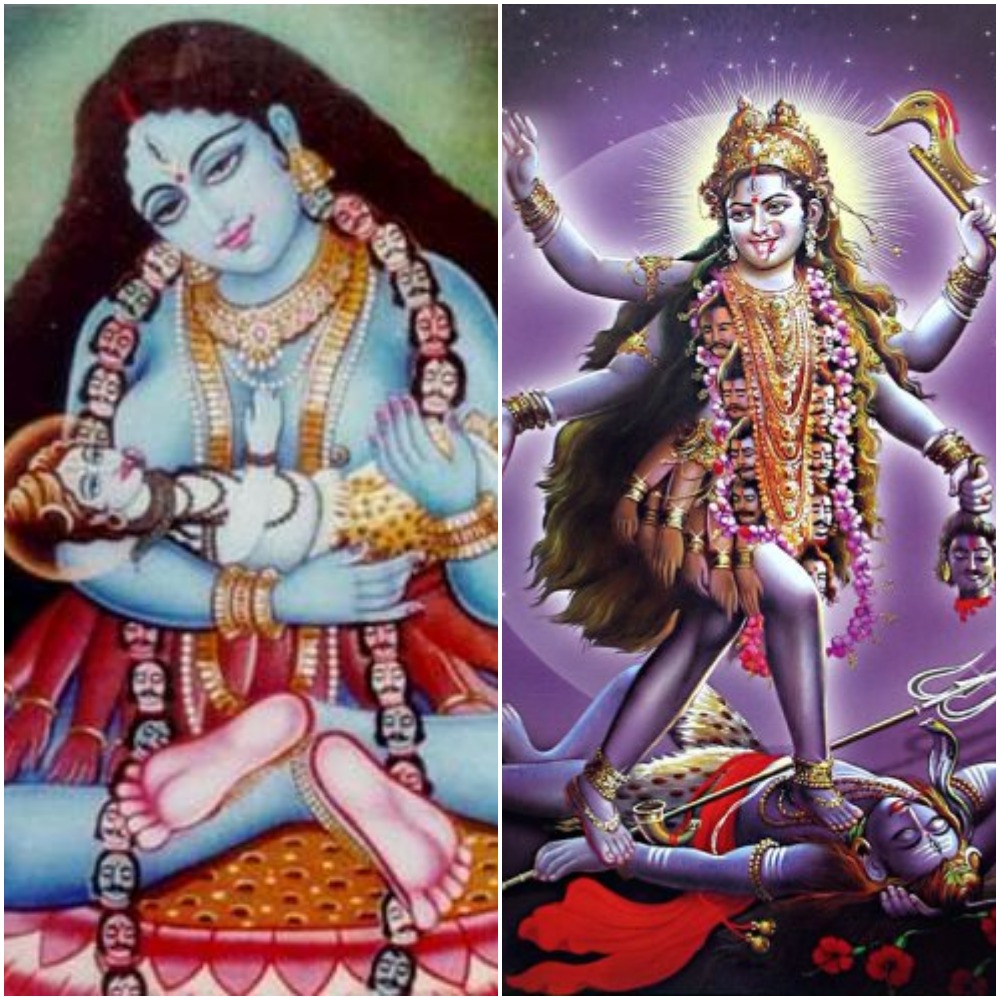

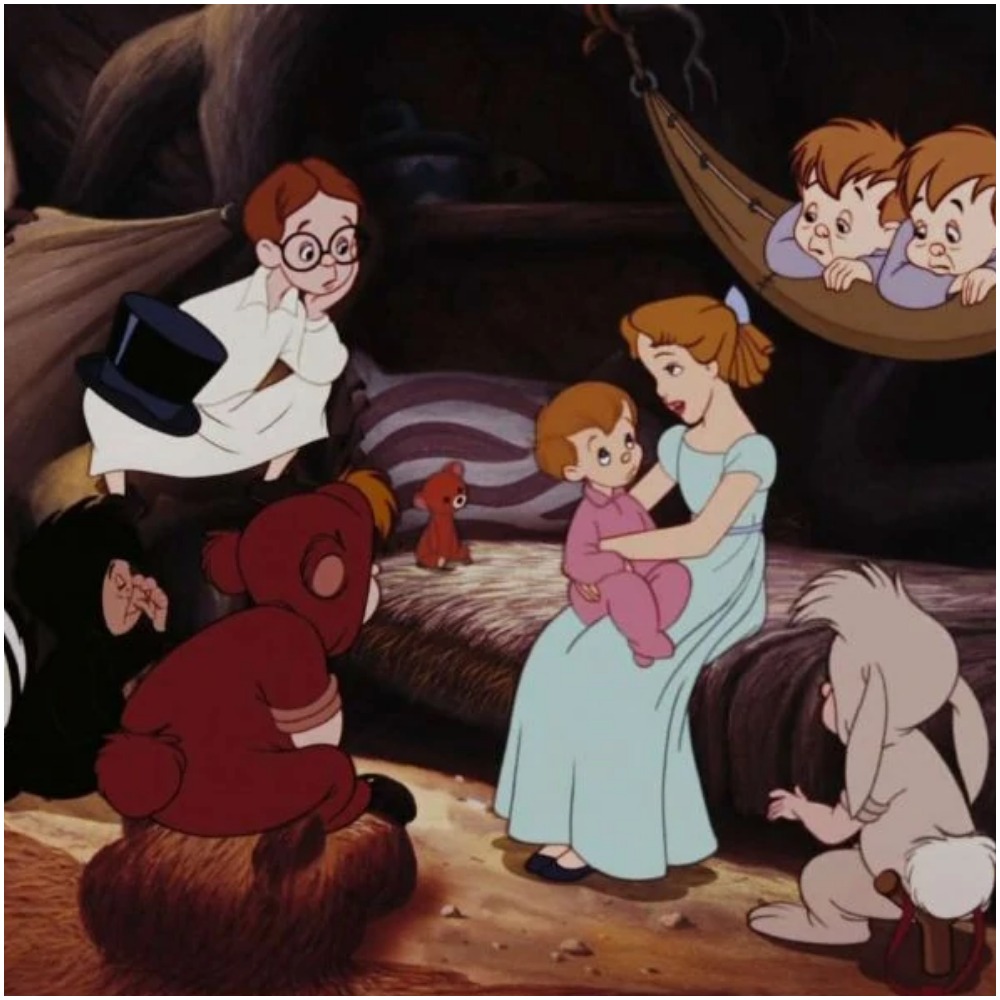
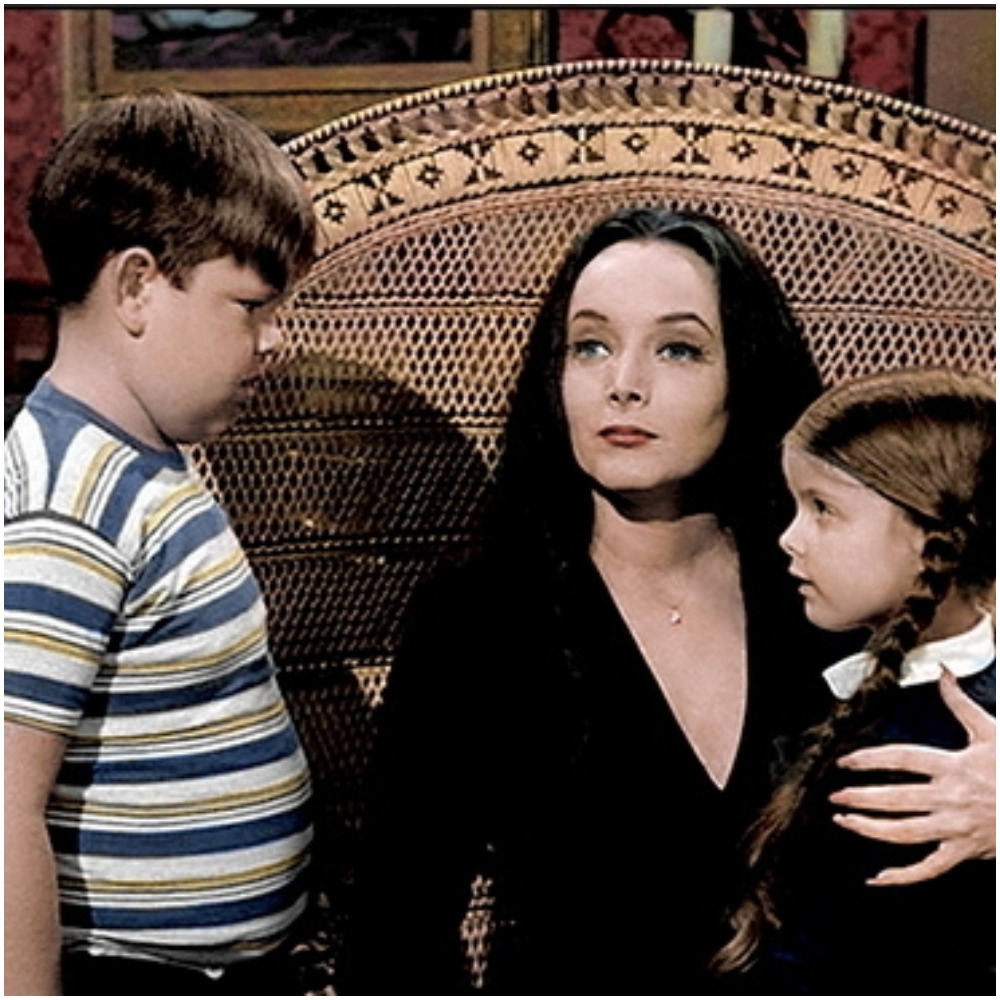
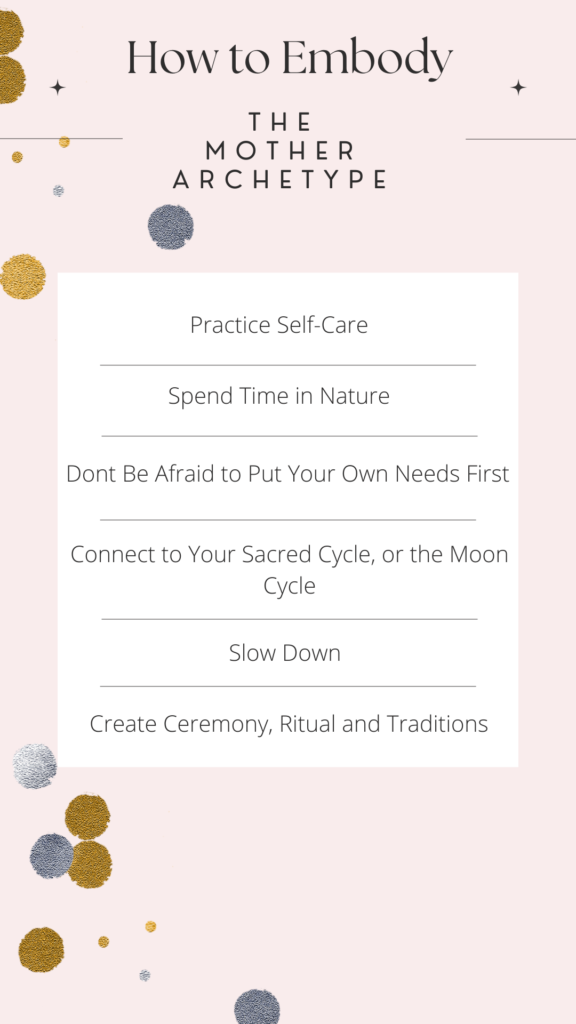

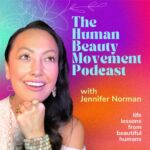
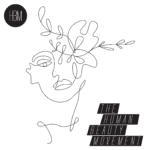
Thank you so much for these reminders about slowing down and allowing for self-care. It is so important for the Mother to be nourished and resourced so better able to comfort and care for others!